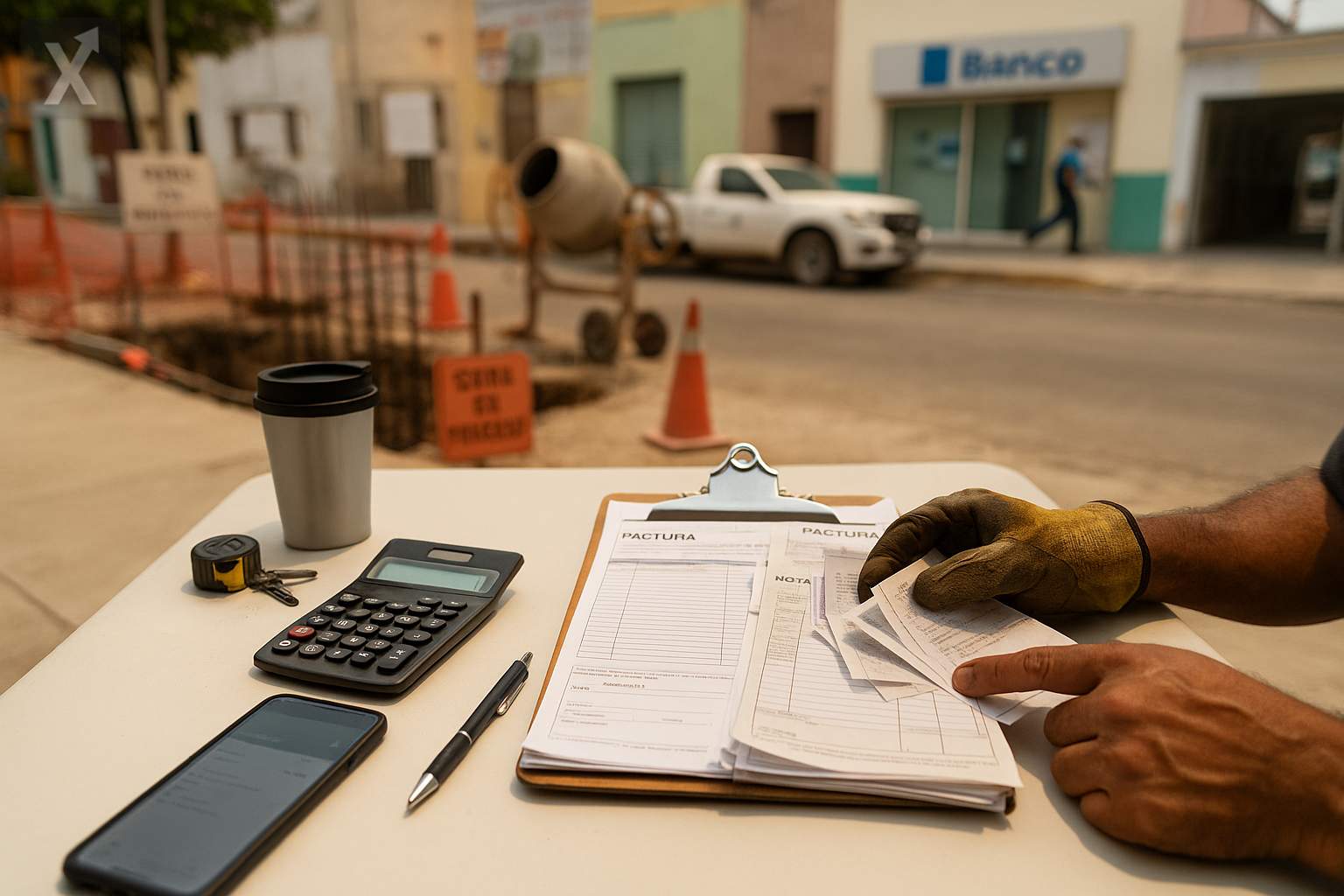Costlier, Slower Credit for Construction SMEs; Fintech and Factoring Gain Ground

Small and medium-sized enterprises (SMEs) in the construction sector are facing greater obstacles when it comes to financing their working capital in Mexico. In addition to extensive requirements and long response times from commercial banks, these companies also deal with irregular payment flows—especially in contracts with the public sector—which increases the perceived risk for intermediaries and drives up the cost of credit. In this context, fintech platforms and factoring schemes have started to carve out a growing space as alternative sources of liquidity.
One critical pain point for contractors supplying government entities is the payment timeline: payments can take up to four months, compared to the usual 60 or 90 days in retail supply chains. This lag forces companies to seek bridge loans that, aside from being slow to process, tend to come with high rates in an environment where benchmark rates still hover in the double digits. The TIIE (Interbank Equilibrium Interest Rate) and funding costs remain under pressure, directly impacting the cost of revolving credit lines and invoice discounting for small businesses.
The digitalization of revenues and invoicing has become an important ally in narrowing that gap. Specialized fintech firms now analyze cash flows using fiscal information from companies—through Mexico's SAT tax portal (CIEC)—to build payment histories and more refined risk models. This allows banks and non-bank lenders to better evaluate the number of clients, billed amounts, and the seasonality of payments. While progress in financial openness has been gradual, the increasing availability of transactional data is strengthening the origination of performance-based credit, rather than just collateral-based loans.
Collateral requirements—especially real estate—remain a recurring hurdle: if the asset offered doesn’t offset the potential recovery costs, many applications are denied. Mexico’s Banking Association has emphasized financial education and the adoption of digital payment and collection tools to reinforce formality among SMEs. According to the banking sector, only one in four SMEs eligible for credit actually obtains financing, highlighting a structural challenge in the penetration of productive credit.
The construction sector’s backdrop is mixed. There is dynamism in public infrastructure projects and industrial developments linked to nearshoring in the north and the Bajío region, but private residential and commercial real estate construction remains more uneven. This duality creates a need for timely liquidity among subcontractors and mid-sized suppliers, precisely where cash flow mismatches tend to be most acute.
Programs like Nafin’s Productive Chains—which allows suppliers to discount receivables from public entities and large buyers—and state-level initiatives like Impulso Nafin+States are designed to lower funding costs and speed up payment flows to suppliers. However, their reach varies by region and sector, and the administrative burden discourages companies with limited financial teams. Market-based factoring is also gaining momentum, although its cost depends on payer quality and interest rate benchmarks.
Looking ahead, a gradual monetary easing cycle may help alleviate the cost of credit, but fiscal discipline and public payment calendars will continue to set the pace for liquidity among construction SMEs. The expansion of credit models based on transactional data and supply chains, paired with broader adoption of digital collection tools, seems the likeliest path to expanding access without compromising risk standards.
In summary: construction-sector SMEs need faster, more affordable financing to navigate long payment periods. The high cost of money, insufficient collateral, and bureaucracy limit bank lending, while fintech, factoring, and development programs offer vital alternatives. The key will be accelerating digitalization and improving the quality of information so that credit can flow to where it will have the greatest productive impact.






